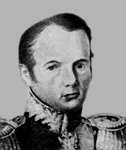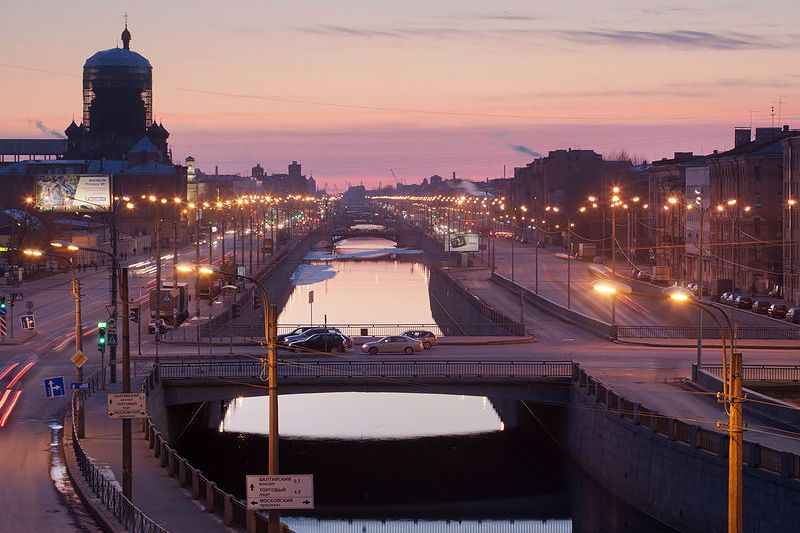Pierre-Dominique Bazaine

Scientist and engineer
Born: 13 January 1786- Scy, France
Died: 29 September 1838- Paris, France
One of the leading engineers in 19th century Russia, Pierre-Dominique Bazaine is connected with a number of major works in St. Petersburg, and with the Institute of Transport, one of the city's oldest and most prestigious universities.
Educated at the Ecole Polytechnique in Paris, he began his career in France and Italy and his skills quickly drew the attention of Napoleon I, who then recommended him to Tsar Alexander I, who was seeking foreign experts for the Russian Corps of Civil Engineers. He arrived in St. Petersburg in 1810, but soon had to leave the city due to the outbreak of hostilities with Napoleon, and was eventually deported to Siberia, where he wrote a major work on differential calculus.

He returned to St. Petersburg in 1815, and was immediately given the rank of colonel and set to work on a number of engineering projects. He constructed Russia's first suspension bridge in Ekaterinhof Park, designed granite locks for Shlisselbourg at the source of the Neva River, and provided irrigation for the Tauride Garden. Then, with the assistance of his fellow countryman Emile Clapeyron, he drafted plans for the Obvodny Canal, the largest canal in St. Petersburg.
He also taught at the Institute of Transport. In January 1824, he became Chairman of the Committee for Buildings and Hydraulic works in St. Petersburg. In the same year, he was appointed Rector of the Institute of Transport, a post which he held for a decade. Among his other engineering works, he built several bridges in St. Petersburg, and oversaw construction of the Senate and Synod building, the renovation of the Twelve Colleges, and the installation of the dome on the Trinity Cathedral. After the terrible floods of 1824, he developed the first plans for a flood defense scheme, including a dam around the Neva Bay similar to the one built in the late 20th century.
Ill health obliged him to retire in 1834 and leave St. Petersburg, and he died in Paris in 1838. He published widely on mechanics, mathematics and engineering, and received several state awards from the Russian and French governments.
Works: Obvodny Canal, 1st Engineers Bridge, Demidov Bridge, 2nd Engineers Bridge, Novo-Kamenniy Bridge

